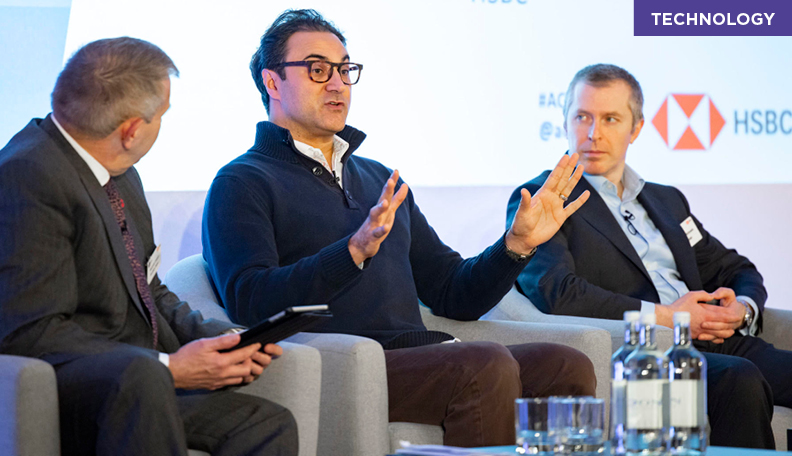
Treasurers have been warned to be on their guard against the increasing use of deep fake technology that allows fraudsters to manipulate payment systems. Lower costs, increasing sophistication and greater ease of use are combining to create a real threat to treasury functions.
The warning came at the recent ACT Treasury Forum, where experts from HSBC set out how generative artificial intelligence technology is being used to defraud corporate treasurers.
Speaking at the forum, Mark McDonald, head of data science and analytics at HSBC Global Research, described how he had recently been able to generate a short video of himself speaking in perfect Mandarin, with lip movements synced to his voice. “In answer to the question of how we can know what is true and what is not, there is a real risk that what we call deep fakes are becoming a big problem. It had always been possible for someone with enough money and enough resources to make such fakes, but what is different now is that it is very cheap and very easy.
“There are clear nefarious use cases for this kind of technology.”
McDonald added that one of the biggest potential risks of this new technology is the use of social engineering. “If someone pretends to be someone they are not, they can convince them to give their log in details and authorisation codes that they shouldn’t have access to. This is more likely from generative AI – you can easily generate audio that makes you sound like someone else such as a CEO.”
However, he observed that there have also been great advances on the cyber security side, using technology to detect AI threats. “These models can learn typical behaviour, spot things that are not normal and catch people in the act.”
These tools will just become standard. And they could be big productivity improvements as a result
According to Edward Achtner, head of HSBC’s Office of Applied Artificial Intelligence, other risks of generative AI include the fairness and bias of AI models, privacy of information and the deliberate spread of false information. “Some of the answers that you may get using a generative tool might sound really great, but are they really right?” he asked. “How reliant are they, is there a trusted source? These are the questions that we are wrangling with.
“You need to make sure that you are using a model that is appropriate for what you are trying to do. Many models are ‘open source’, which means there is full transparency over the code and where they get the information from, and what the parameters are that help define the outcomes.”
McDonald added that while treasurers may be cautious about adopting AI technology, it will come whether they want it or not. “Generative AI is being rolled into the products that you already use. These tools will just become standard. And they could be big productivity improvements as a result.”
Philip Smith is editor of The Treasurer
